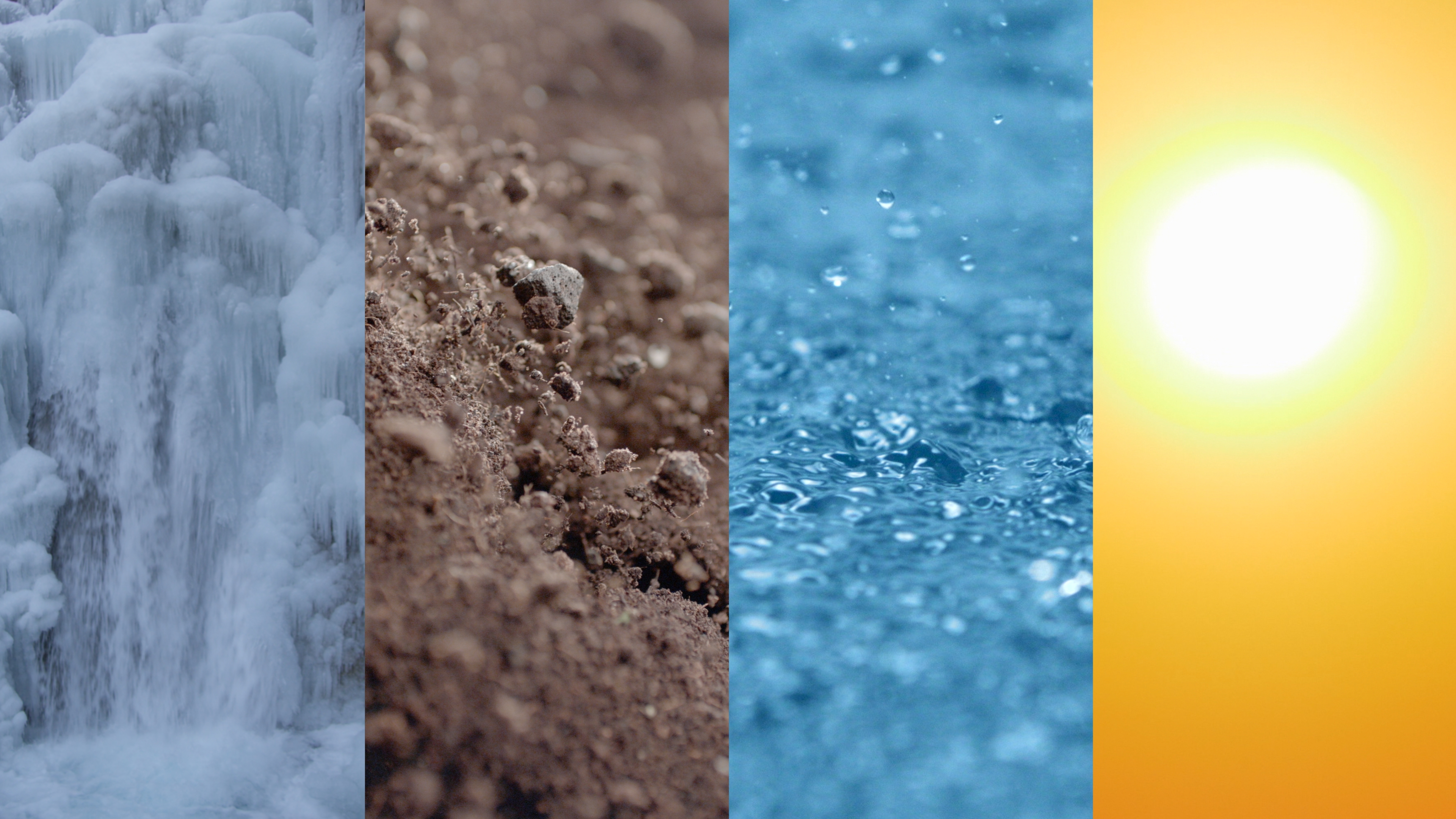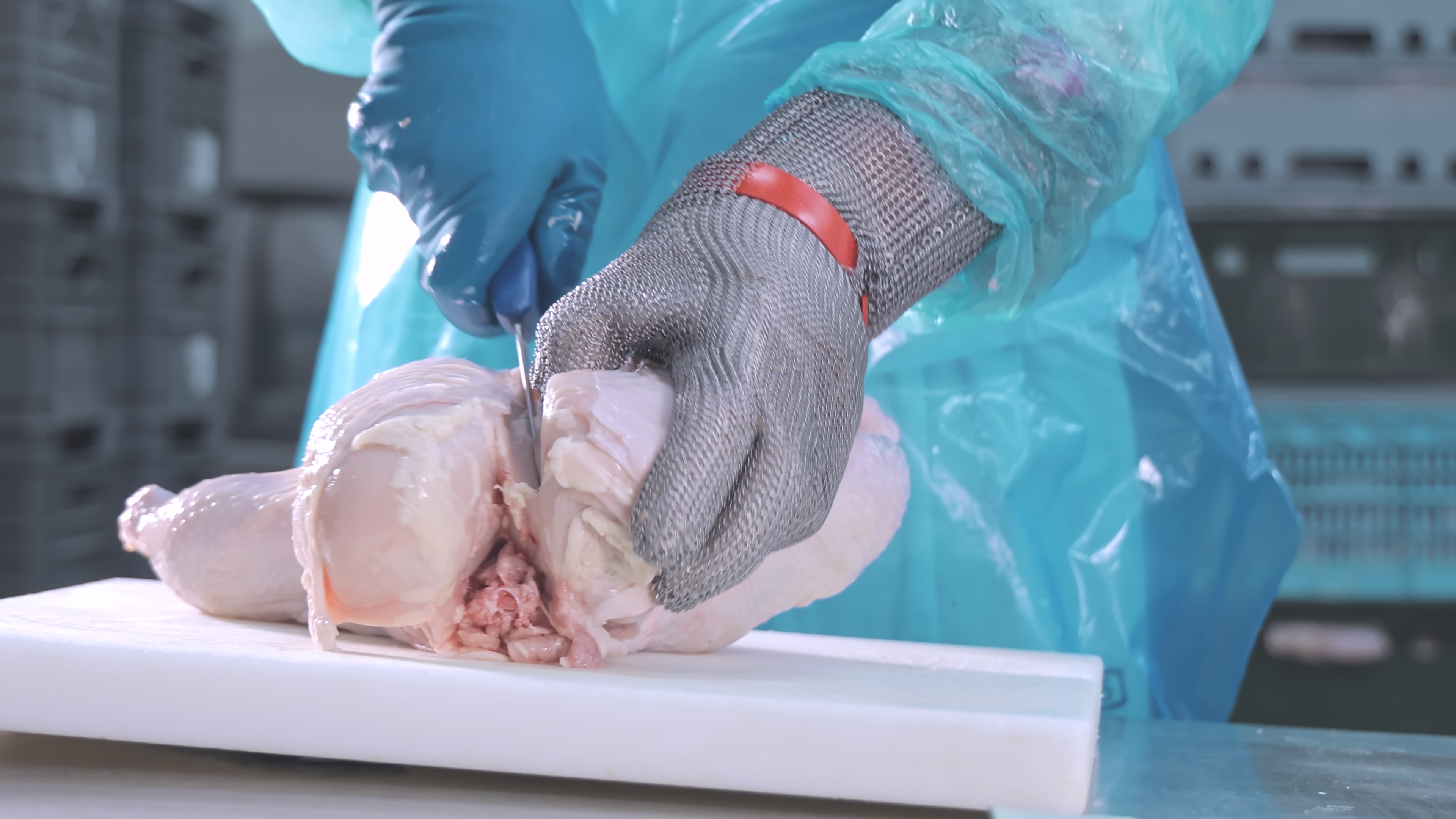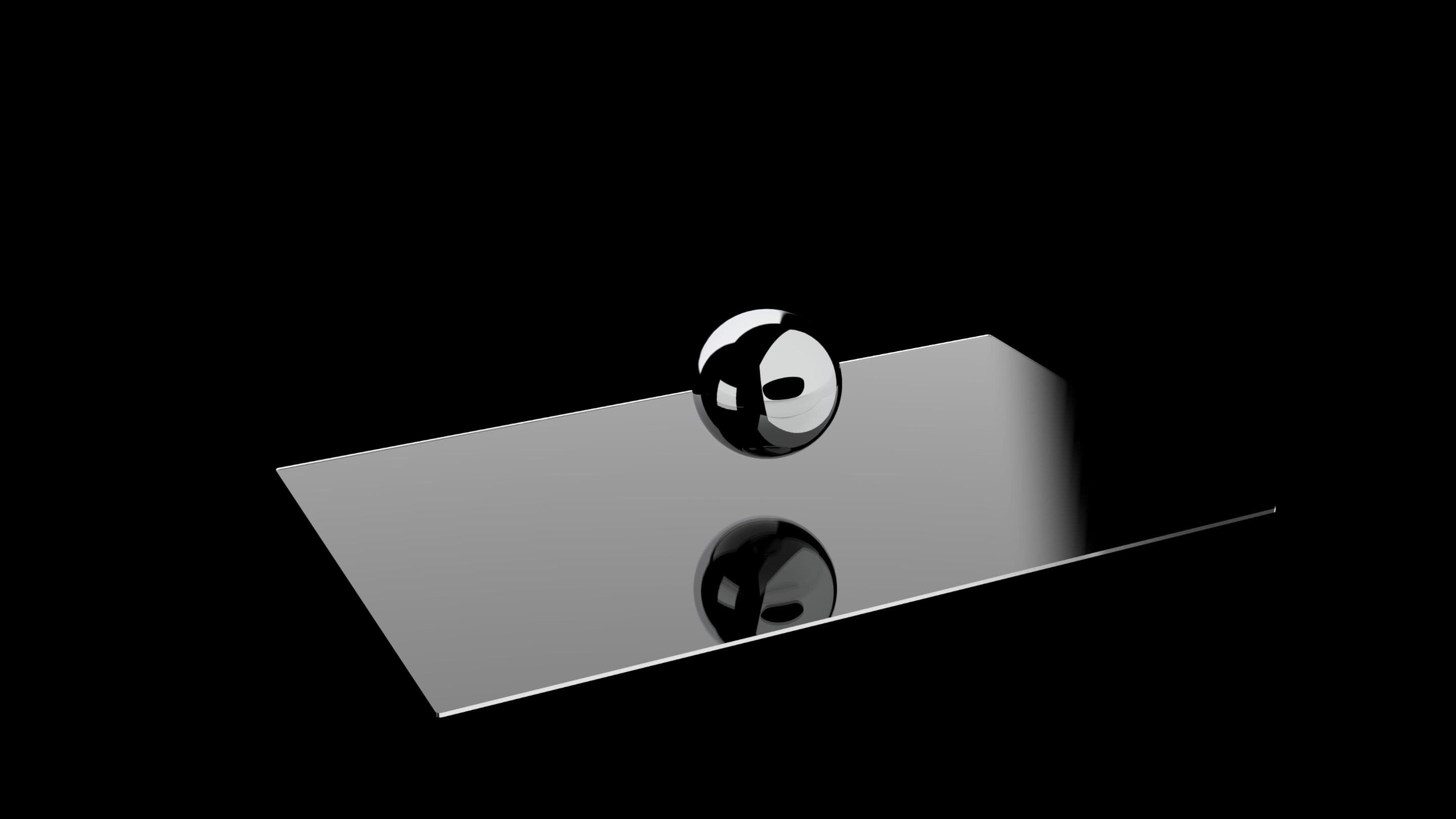Lieferspezifikation 5-Draht ULTRA GFG Touchscreen
Umfang
Die Informationen in diesem Dokument gelten nicht für alle ULTRA Touchscreens, die eine analog-resistive Touchscreen-Technologie verwenden, die für die Eingabe mit dem Finger, dem Stift oder der behandschuhten Hand geeignet ist. Diese Spezifikation stellt die technologischen Möglichkeiten dar, die wir anbieten. Bitte wenden Sie sich für eine professionelle Beratung an unser Vertriebsteam, wenn Sie ein Produkt benötigen, das bis zum Äußersten geht.
Mechanische Eigenschaften
ULTRA 4-, 5- und 8-Draht-Sensoren haben eine untere Schicht aus leitfähigem Glas, eine mittlere Schicht aus leitfähigem Polyester (PET) und eine obere Schicht aus dünnem Verbundglas. ULTRA Touchscreens sind sowohl in Standard- als auch in kundenspezifischen Größen erhältlich, je nachdem, was Ihren Anforderungen am besten entspricht. Weitere Informationen finden Sie im Leitfaden zu den technischen Daten von ULTRA.
Langlebigkeit/Leistungsmerkmale
| Eingabemethode | Finger, behandschuhter Finger, Stift/Stylus | |
| Aktivierungskraft | 85 Gramm | |
| Aktivierungs-Genauigkeit | 1,5 % des ursprünglichen Berührungspunkts | |
| Dauerhaftigkeit der Berührung | 230 Millionen Berührungen pro Berührungspunkt bei Aktivierungskraft | |
| Härte der Oberfläche | 6,5 Mohs | |
| Auflösung | 4096 x 4096 typisch |
Optische Merkmale
| Übertragung | 82% (klar) | |
| Reflexion | 9% (klar) | |
| Glanz | 350 GU bei 20° (klar) | |
| Trübung | 2% |
Merkmale der Umwelt
| Betriebsbedingungen | -35°C bis +80°C | |
| Bedingungen für die Lagerung | -40°C bis +85°C | |
| Relative Luftfeuchtigkeit bei Betrieb | 90% nicht kondensierend bei 35% | |
| Relative Luftfeuchtigkeit bei Lagerung | 90% nicht kondensierend bei 30% bis zu 240 Stunden | |
| Chemische Beständigkeit | Unempfindlich gegen alle Chemikalien, die das Glas nicht angreifen | |
| Widerstandsfähigkeit gegen Eintauchen | Kann vollständig untergetaucht werden | |
| Widerstandsfähigkeit gegen Feuer und Verbrennungen | Widersteht offenem Feuer, Funken und Zigarettenverbrennungen | |
| Widerstandsfähigkeit in Betriebshöhen | 10.000 Fuß (3,048 km) | |
| Widerstandsfähigkeit in Lagerhöhen | 14.000 Fuß (4,2607km) | |
| Widerstandsfähigkeit gegen Vibrationen und Stöße | Widersteht Schlägen von stumpfen Gegenständen | |
| Abnutzungsbeständigkeit | Funktioniert selbst bei tiefsten Kratzern oder Schürfwunden |
Elektrische Eigenschaften
| Elektrostatische Entladung | 20 Entladungen von bis zu 15 kV |
| Widerstand von Ecke zu Ecke | 40-60 Ohm, je nach Größe |
Kriterien für die Inspektion
ULTRA Touchscreens werden vor der Auslieferung strengen Test- und Prüfverfahren unterzogen.
Aber selbst der kleinste Fehler kann die Leistung des Sensors negativ beeinflussen.
In diesem Abschnitt finden Sie Prüfkriterien, anhand derer Sie entscheiden können, ob ein Sensor
akzeptiert oder abgelehnt werden sollte.
Oberfläche und intern
| Breite | Beurteilung | Bedingung |
|---|---|---|
| < 0.015" | Pass | Gesamtlänge weniger als 0,050" in einem Kreis mit 1" Radius |
| 0.015" - 0.020" | Bestehen | Maximal 2 pro 1"-Radiuskreis |
| >0.020" | Nicht bestanden | Keine |
Höhe
Ein Höhenfehler ist ein Glasfehler mit einer Höhe wie Glassplitter oder -scherben und anderen Verunreinigungen, die unter der Deckschicht eingeschlossen sind. Höhenfehler werden in der Regel genauso bewertet wie normale Glasfehler (Abschnitt Oberfläche und Innenseite), mit folgendem Zusatz: Wenn die Höhe der Verunreinigung beim Überfahren mit einer Rasierklinge spürbar ist, handelt es sich um einen Fehler.
Kratzer
| Breite | Beurteilung | Bedingung |
|---|---|---|
| < 0.001" | Pass | Maximal 5 pro Sensor, mindestens 0,100", Abstand |
| 0 .001" - 0.003" | Bestanden | Maximal 3 pro Sensor, mindestens 0,250", Abstand |
| >0.003" | Nicht bestanden | Keine |
Risse
Jeder Sensor, der Risse oder Brüche im Glas aufweist, gilt als defekt.
Edge-Chips
| Abmessung | Bedingung |
|---|---|
| Länge | < 0.050" |
| Breite | < 0.050" |
| Tiefe | < 1/3 der Dicke des Glases |
| Menge | Maximal 2 pro Seite, Späne < 0,015" ignoriert |
| Abstände | Späne > 0,030" breit müssen mindestens 5" voneinander entfernt sein |
Flecken
| Größe | Beurteilung | Zustand |
|---|---|---|
| < 0.020" | Bestehen | Ignorieren |
| 0.020" - 0.060" | Bestanden | Maximal 2 pro Sensor |
| > 0.060" | Nicht bestanden | Keine |
Deckblatt Polstern
Die Deckschicht sollte bei allen ULTRA Touchscreens immer parallel zum Glassubstrat liegen. Eine gewisse Wölbung in Richtung der Glasschicht ist zulässig, solange die obere und die untere Schicht nicht in ständigem Kontakt stehen. Kissenbildung tritt auf, wenn sich zwischen der Deckfolie und den Glasschichten eine überschüssige Luftmenge befindet, die der Deckfolie eine aufgeblasene oder "gepolsterte" Form verleiht. Dies wird meist durch undichte Stellen in der Dichtung des Touchscreens verursacht.
Deckblatt und Kaschierung
Defekte in der Deckschicht umfassen Fehler in der Panzerglasschicht und der Polyesterschicht, die die Deckschicht beeinträchtigen, während Aminierungsfehler sich auf Fehler in der Verbindung zwischen den Schichten beziehen.
Blasen
Eine Blase ist eine Luftblase, die in der Laminierung zwischen der Polyester- und der Panzerglasschicht eingeschlossen ist. Blasen sind unter den folgenden Bedingungen zulässig:
- Maximal 2 in einem Kreis von 1".
- Keine Blasen dürfen die Kante des Panzerglases berühren.
- Blasen, die größer als 0,008" sind, sind nicht zulässig, es sei denn, sie befinden sich in der freien Zone, in der Blasen ignoriert werden können.
- Die Blase muss kleiner als 0,008" sein.
Delamination
Unter Delamination versteht man die Trennung der Deckschicht vom Basisglas und die Trennung des Panzerglases vom Polyester. Es darf keine Delaminierung auftreten.
Dicke
Die Dicke der Klebeschicht sollte im Bereich von 0,0135 bis 0,016" liegen und nicht dicker sein.
Verschmutzung
Verunreinigungen können sich auf andere Fremdkörper beziehen, die in der
Kaschierung. Die Kriterien sind wie folgt:
- Verunreinigungen von weniger als 0,005" Breite sind akzeptabel.
- Verunreinigungen im Bereich von 0,005" - 0,010" breit sind nur dann akzeptabel, wenn sie vor verschiedenen Hintergründen sichtbar sind.
- Verunreinigungen mit einer Breite von mehr als 0,010" gelten als Fehler.
- Verunreinigungen müssen weniger als 0,250" lang sein, um akzeptiert zu werden.



